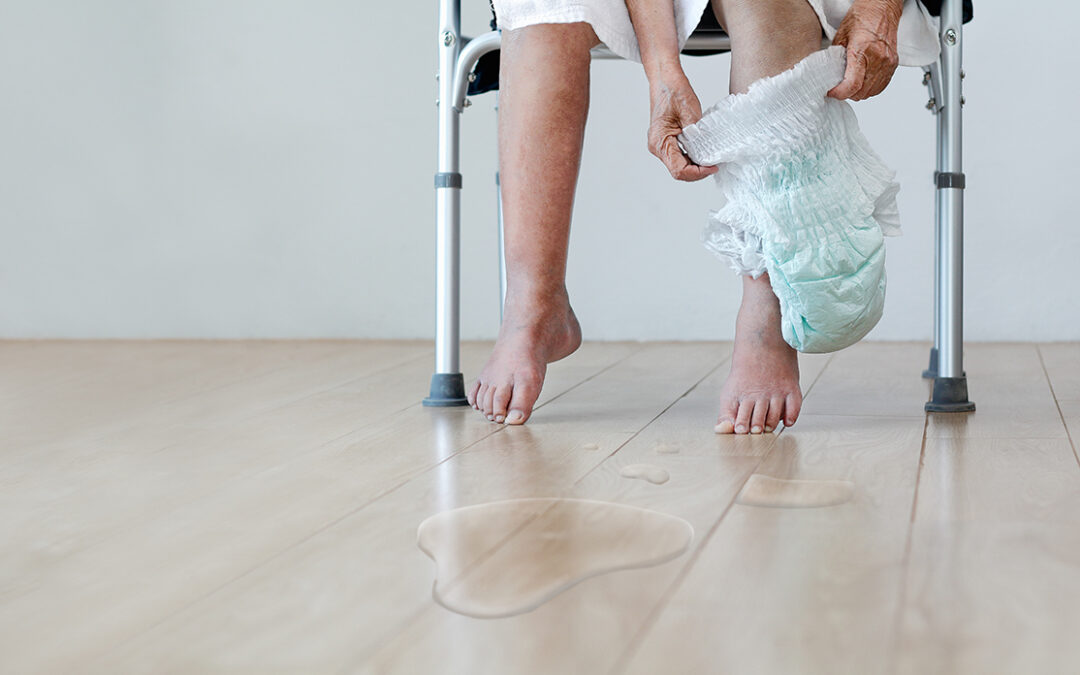Bladder incontinence is a condition where a person loses control over their bladder and is unable to hold urine. This can lead to embarrassment, discomfort, and a reduced quality of life. The condition can affect people of all ages, but it is most common in older adults and women. There are several types of bladder incontinence, and the right treatment will depend on the underlying cause.
Types of Bladder Incontinence
There are several different types of bladder incontinence, including:
Stress incontinence: This type of incontinence occurs when a person experiences a sudden urge to urinate or leaks urine while coughing, laughing, or exercising. It is usually caused by weak pelvic floor muscles or a damaged bladder.
Urge incontinence: This type of incontinence is characterized by a sudden, strong urge to urinate followed by an involuntary loss of urine. It is often caused by an overactive bladder.
Overflow incontinence: This type of incontinence occurs when the bladder is full but cannot empty completely, leading to leakage. It is often caused by an enlarged prostate in men or nerve damage in both men and women.
Functional incontinence: This type of incontinence occurs when a person is physically unable to reach the bathroom in time. It is often caused by mobility issues or other physical disabilities.
Causes of Bladder Incontinence
The underlying cause of bladder incontinence will vary depending on the type of incontinence a person is experiencing. Some common causes include:
Weak pelvic floor muscles: The muscles in the pelvic floor help control the bladder. Weak muscles can lead to stress incontinence.
Nerve damage: Nerve damage can interfere with the signal between the brain and the bladder, leading to urge incontinence.
Enlarged prostate: An enlarged prostate in men can interfere with the normal flow of urine, leading to overflow incontinence.
Physical disabilities: Physical disabilities, such as arthritis or mobility issues, can make it difficult for a person to reach the bathroom in time, leading to functional incontinence.
Bladder or urethral abnormalities: Abnormalities in the bladder or urethra can interfere with the normal storage and release of urine, leading to incontinence.
Certain medical conditions: Certain medical conditions, such as Parkinson’s disease, multiple sclerosis, and stroke, can increase the risk of incontinence.
Diagnosis of Bladder Incontinence
To diagnose bladder incontinence, a doctor will take a complete medical history and perform a physical examination. They may also perform additional tests, such as:
Urine test: A urine test can help detect any infections or other conditions that may be causing incontinence.
Bladder diary: A bladder diary can help a doctor better understand a person’s symptoms and patterns of incontinence.
Urodynamic tests: These tests can help a doctor assess the function of the bladder and the muscles that control the release of urine.
Cystoscopy: This test involves the use of a scope to examine the inside of the bladder and the urethra.
Treatment of Bladder Incontinence
The right treatment for bladder incontinence will depend on the underlying cause. Some common treatments include:
Lifestyle changes: Simple lifestyle changes, such as limiting fluid intake, avoiding bladder irritants, and doing pelvic floor exercises, can help manage bladder incontinence.
Medications: Certain medications, such as antimuscarinics and beta-3 agonists, can help relax the bladder and reduce symptoms of urge incontinence.
Bladder retraining: This involves gradually increasing the time between trips to the bathroom and can help improve control over the bladder.
Pelvic floor muscle exercises: Strengthening the muscles in the pelvic floor can help improve control over the bladder and reduce symptoms of stress incontinence.
Electrical stimulation: This involves using electrical currents to stimulate the pelvic floor muscles and can help improve bladder control.
Surgery: In some cases, surgery may be necessary to repair damaged bladder or pelvic floor muscles or to remove an enlarged prostate.
Catheters: Many times, the use of catheters is required to ensure the greatest possible quality of life. That is why Stellar Medical Supplies is here to lead you to the best products for your lifestyle.
Catheter Supplies and Education
For those with bladder incontinence, catheter supplies and education can be an important part of managing the condition. Catheters are devices that can be used to empty the bladder when a person is unable to do so on their own. There are several types of catheters, including:
Intermittent catheters: These are short-term catheters that are inserted into the bladder to empty it and then removed.
Indwelling catheters: These are long-term catheters that remain in place for a period of time.
External catheters: These are catheters that are placed on the outside of the body and attached to a collection bag.

